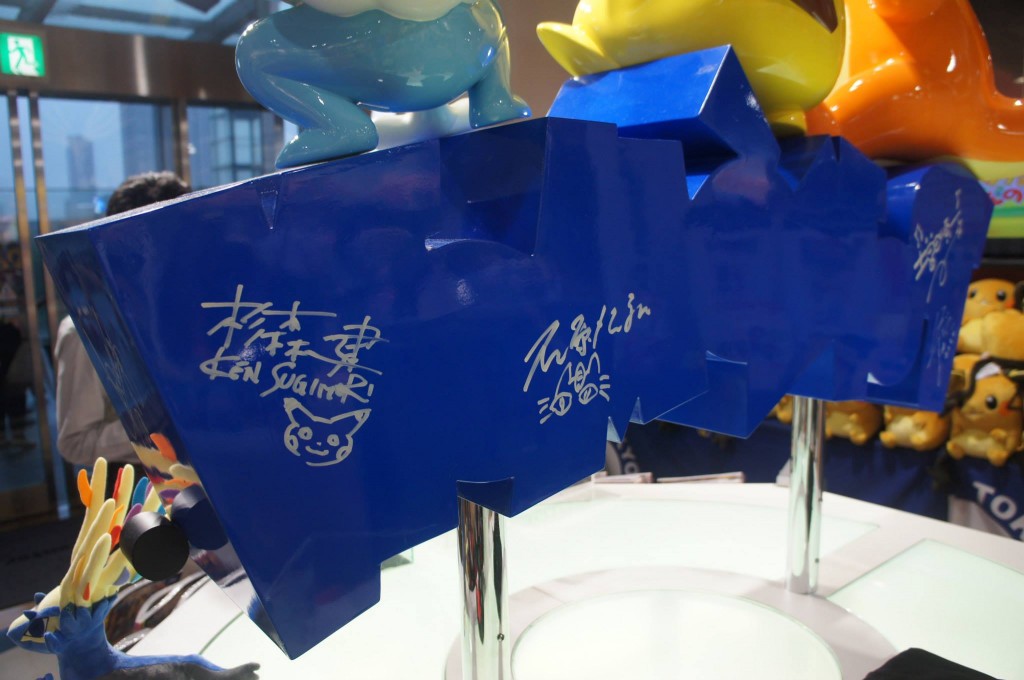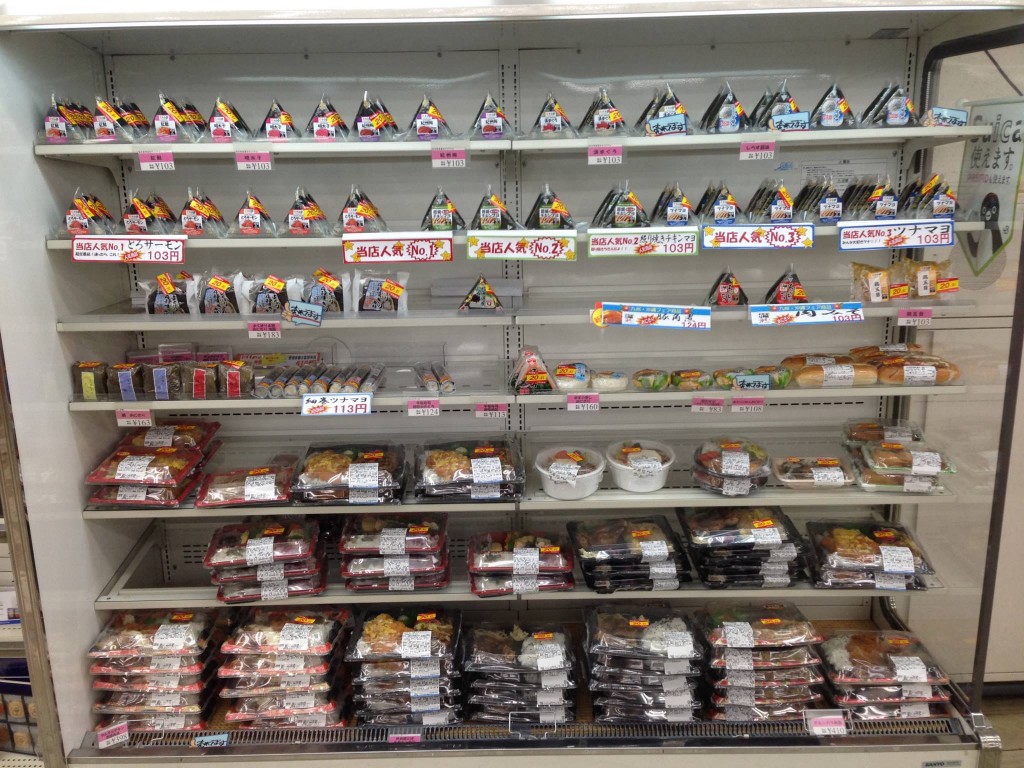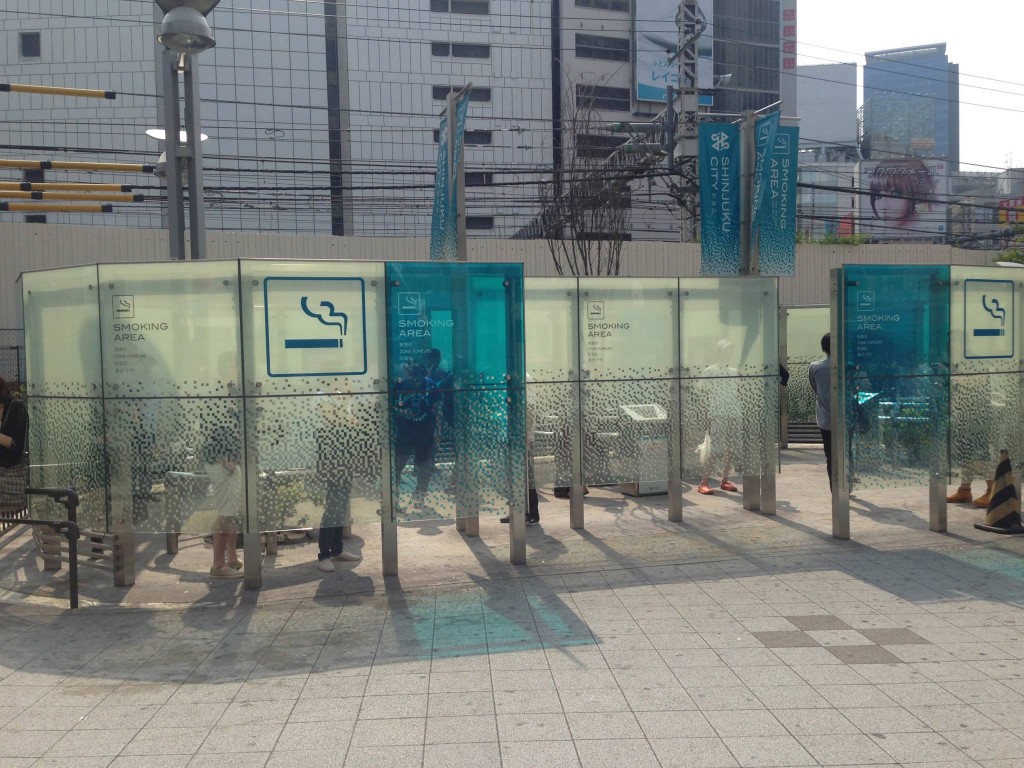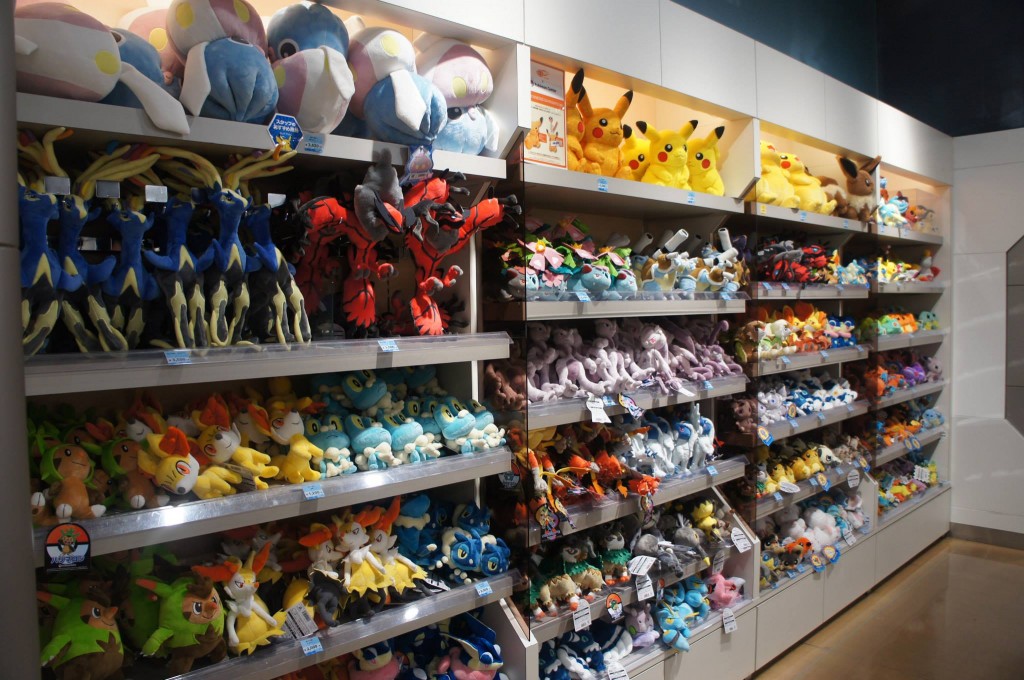As I wrote in my previous post, Japan was the last stop of my post-exchange travels.
From cashiers giving you change on little trays to heated toilet seats, Japan has no shortage of little amusements. Everywhere I looked, visually pleasing objects caught my eye, like sleekly designed, open-air smoking corners.
And yes, I’m a Pokemon fan, so visiting the Pokemon Centre in Tokyo was of utmost priority. That store is the Mecca of Pokemonism. It’s practically a tourist spot. I visited it twice, and on both occasions, many customers were photographing the shop’s interior. One guy even accomplished his photographing using that long stick meant for taking professional selfies.
Although it is called a Pokemon Centre, it looks more like a Pokemart, which is an in-game convenience store. After all, a Pokemon Centre in the games is a place where a nurse can heal injured Pokemon. In Tokyo’s Pokemon Centre, there was obviously no nurse, but its counters do resemble the in-game Pokemon Centre counter.
If you ever become so mesmerised by the shop that you lose your grip on reality, just look at the back of the fancy Pokemon sign at the entrance. It has autographs from some of the most important people behind the Pokemon franchise, which ought to snap you back to reality.
 Ken Sugimori, the guy who drew all 151 original Pokemon, left his mark here.
Ken Sugimori, the guy who drew all 151 original Pokemon, left his mark here.
That’s not all. If you need stronger reminders that Pokemon are fictional, these static creatures await you inside.
 Clockwise from top left: Sixth generation Pokemon Xerneas, Yveltal and Dedenne, and first generation Pokemon Charizard.
Clockwise from top left: Sixth generation Pokemon Xerneas, Yveltal and Dedenne, and first generation Pokemon Charizard.
I know many of these toys/plushies are just silently screaming to be bought. But try not to be too liberal with your money and spend it all in the Pokemon Centre. Save some for vanity’s sake.
This is because when you go to the Land of the Rising Sun Visual Kei, one of the things to do is to dye your hair. I mean, Japanese hairstylists have a good reputation.
 A reddish shade of brown called “Ruby”.
A reddish shade of brown called “Ruby”.
Dyeing my hair in a country whose primary language I do not speak was funny. I had to look for a hair salon with English-speaking staff members, and the one I ultimately visited had an English-speaking female staff member. Throughout the entire process, she served as a translator between hairdresser and hairdressee. I paid 9,740 yen for the service, and the chemicals didn’t stink as much as those used in your average Ang Mo Kio hair salon. And for that price, I even received some complimentary tubes of hair treatment. So those who love dyeing their hair might want to consider doing it when they are in Japan.
No tourist, however, can survive on just hair dye and Google Maps. When in Asia, food is king. Even those who aren’t gastronauts would probably want to try local delicacies out of curiosity. Tokyo is part of the Kantō region of Japan, and Kantō is known for a delicacy called monjayaki, which is essentially fried batter with a variety of vegetables.
On my last night in Japan, the friend I was visiting brought me out to eat monja at a restaurant in Tokyo’s Tsukishima neighbourhood. We ate the monja at the stage where it was runny and resembled melted cheese. Although it looked like a wet omelette, it didn’t taste like one.
The fresh-off-the-grill monja was hot, and so was the air in the restaurant. So if you don’t feel like sitting in a warm, open-air restaurant to fry yourself some food, there is a cooler alternative. You can go to the fabled Japanese convenience stores and shop for some tasty convenience food in an air-conditioned environment. Japanese convenience stores are known for having a wide variety of microwaveable food, such as bento sets (average price: ~540 yen), that are cheap, tasty, filling and healthier than cup noodles. Hence, if you live next to a Japanese convenience store, you could live off convenience store food every day!
 Convenience store food in the University of Tokyo.
Convenience store food in the University of Tokyo.
My guess is that Japanese convenience store food probably came into being due to the busy working class’s demand for cheap and quick, but good, food. So the next time you see a Japanese white-collar worker boarding the subway train, thank him/her for being a busy bee.
Comments? Email us at hey@ntu.edu.sg




